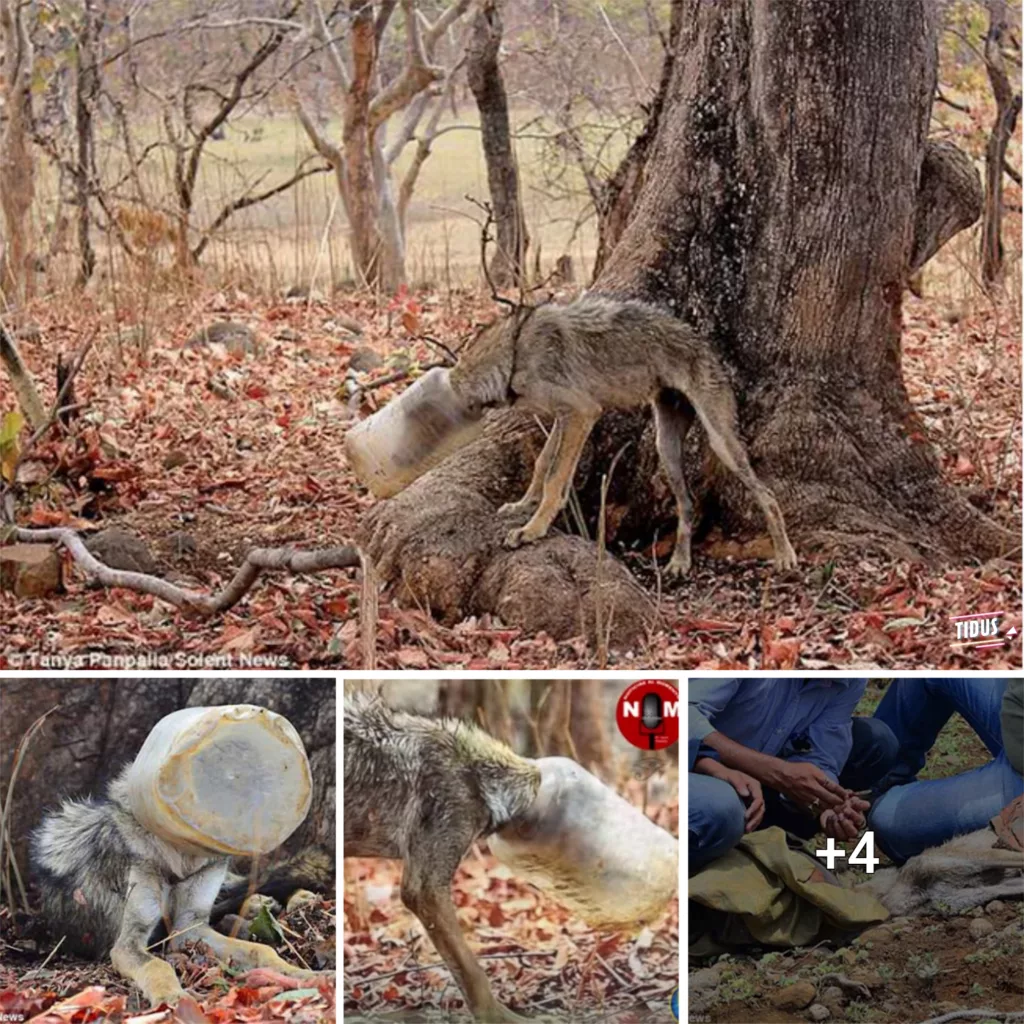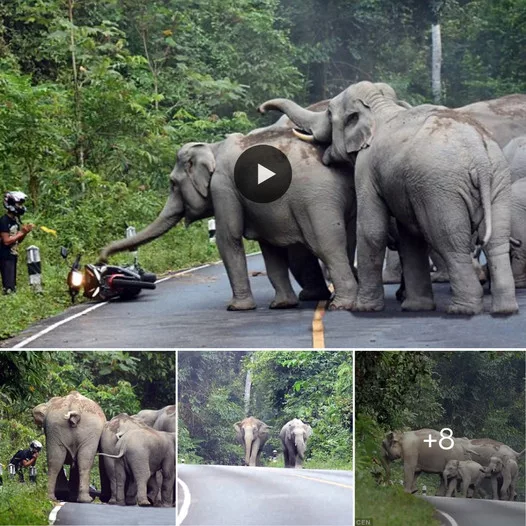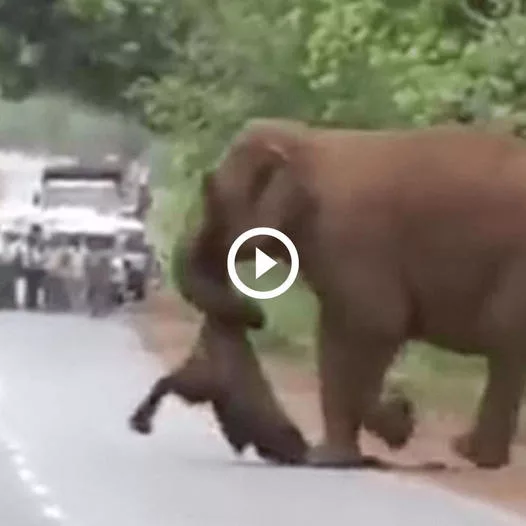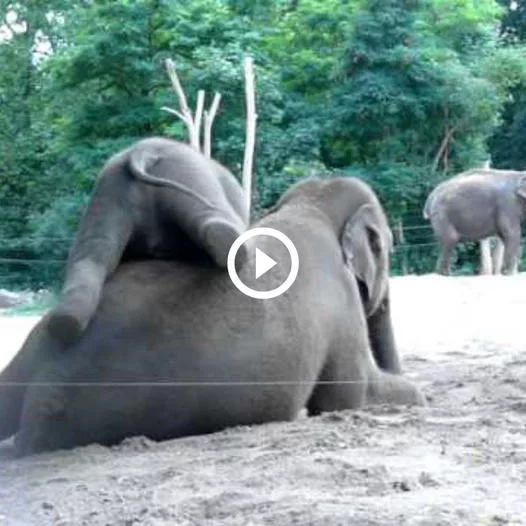
The shrinking of natural habitats due to deforestation has resulted in elephants invading human territories. This is especially true for Sri Lankan elephants, which are the largest of their kind and can be perceived as threatening to humans, particularly women and children. However, ignoring their basic needs is not a viable solution. When elephants come into villages, it can be challenging to protect property, resources, and lives from these enormous creatures. One way to redirect them is by creating loud noises such as gunshots or crackers. Nevertheless, this method may not always work, which is why Sri Lanka’s wildlife department has established a team that specializes in handling such situations. When notified of elephant invasions, the team arrives promptly and manages the situation professionally, directing the elephant to a safe location, providing appropriate treatment, and preparing for relocation. Transporting elephants in an open container requires proper restraint to avoid injuries and ensure their safety during transit. Unfortunately, due to human activities such as hunting and poaching, the elephant population has drastically decreased, and their habitats have diminished, forcing them to seek food and water closer to human settlements. Sri Lankan elephants are unique and hold cultural, symbolic, and economic significance. It is crucial to preserve and increase their population to protect these gentle giants and allow them to remain in national parks for tourists to observe.



